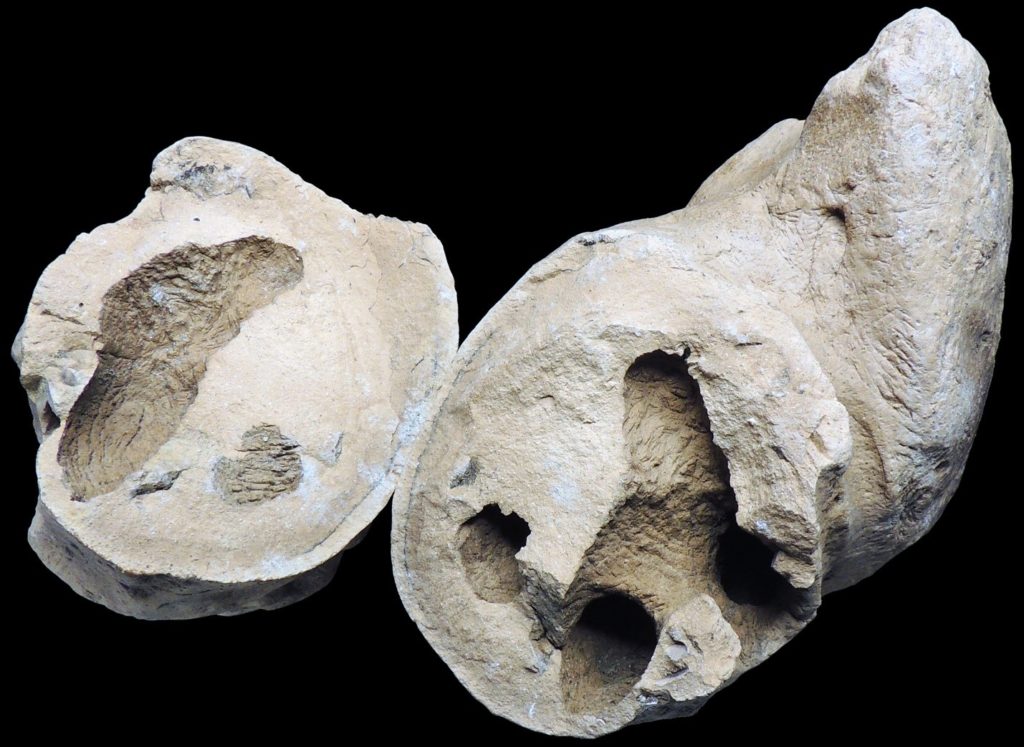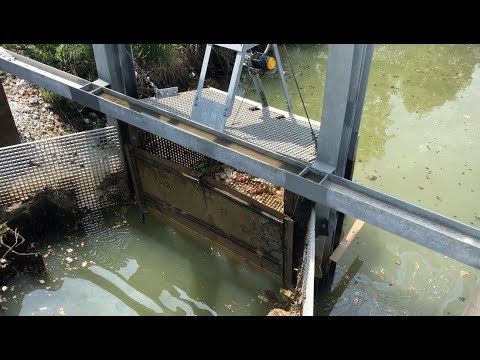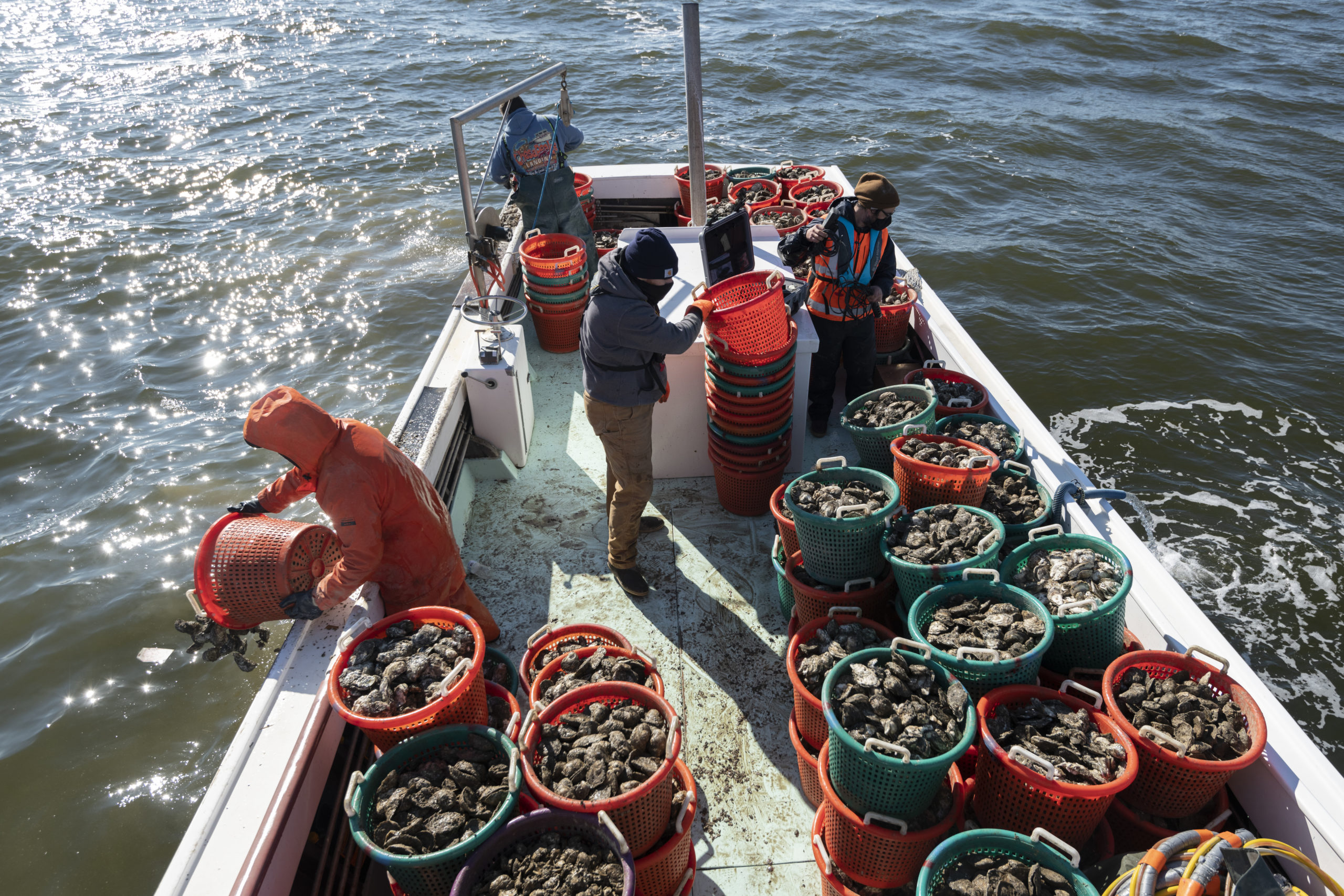The Calvert Marine Museum is studying a surprising aspect of the fossil record: prehistoric poop left behind more than eight million years ago along Calvert Cliffs in southern Maryland.
The findings just published in an international paleontology journal are unprecedented—but also a little stomach-turning. Put down your sandwich before you read on…
Paleontologists from Calvert Marine Museum (CMM) and the University of Pisa in Italy have together studied two key findings from the Miocene epoch.
First is the fossilized skull of a stargazer fish that was probably scavenged by worms on the ocean floor after the fish died. It appears that while feeding, the worms left behind tiny fecal pellets known as micro-coprolites. According to CMM, this is “the first skull known in the fossil record to be infilled with feces.”
The second finding is a set of prehistoric crocodile droppings, larger coprolites. These had been tunneled into by some kind of unidentified poop-eating animal on the ocean floor. While the study authors don’t know exactly which animal was feeding on the feces, they note that this practice helped recycle nutrients present in the poop. If this recycling hadn’t been taking place, “the ocean floor would have been buried deep in droppings,” CMM notes.
How did these feces, created between eight and 18 million years ago, survive to be found in modern southern Maryland? They were preserved in sediments laid down over millions of years on the bottom of the Atlantic Ocean when it covered this area. The fossils have been found by amateur and professional paleontologists in and around Calvert Cliffs. Don’t worry, the marine museum says these fossils don’t have that distinctive fecal odor; Mineral replacement has removed the organic materials that produce such a smell.
CMM is leaning into these important recent discoveries with a new celebration: Universal Coprolite Day, which will be marked on Feb. 22 starting in 2022 and every year going forward. The marine museum says in its announcement, “Universal Coprolite day is recognized to celebrate coprolites wherever they may form in the universe.”
On Sunday, Feb. 20, 2022, CMM will place activities and learning stations throughout the museum. Their Paleontology Collection has a wide range of coprolites, including shark and fish-bitten coprolites, a coprolite preserving the impression of a baby turtle shell, and partially-eaten coprolites, along with the recently discovered coprolite-filled skull mentioned above.
Researchers are excited by such findings (gross as they seem) because the vast majority of feces do not fossilize. It takes just-right conditions for coprolites to form, and when they do, they preserve otherwise-unavailable information on the diets of prehistoric animals.
-Meg Walburn Viviano




